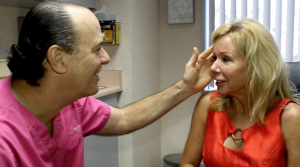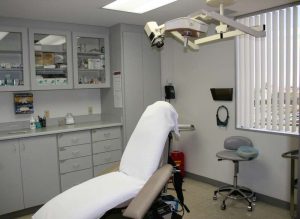Ophthalmic plastic and reconstructive surgery (oculoplastic surgery) is a unique specialty combining training in ophthalmology and plastic surgery. This specialty has developed because of the amount of knowledge, expertise and special techniques needed to treat patients with conditions involving the eyelids and eyebrows, the lacrimal (tear drainage) system, the orbit (the bony socket around the eye), and the area of the face adjacent to the eye.
The primary difference between general and ophthalmic plastic and reconstructive surgery is on the emphasis of the health of the eye and preservation of vision. Oculoplastic surgeons have a special awareness of the importance of function as well as appearance This subspecialty came in to existence because of the delicacy involved in operating on the area surrounding the eye, and has resulted in significant surgical advances. Additionally, this highly specialized field provides expertise in revising and repairing unsatisfactory results from previous cosmetic or reconstructive surgeries surrounding the eye.
This field is divided into two areas: cosmetic and reconstructive surgery.
Cosmetic oculoplastic surgery is concerned with improving the appearance of the eyelids, eyebrows, forehead and face. Eyelid surgery (technically called blepharoplasty) is a procedure to remove fat, usually along with excess skin and muscle, from the upper and lower eyelids. Tendons that have shifted out of place with age or trauma may be moved and repositioned so that they will function more naturally. Eyelid operations make the person look younger, and it also allows women to take better advantage of makeup. Eyelid surgery can correct drooping upper lids and puffy bags below your eyes – features that make you look older and more tired than you feel, and may even interfere with your vision.
Reconstructive oculoplastic surgery involves the correction of defects caused by aging, trauma, tumors and congenital abnormalities. Most of these conditions can detract from appearance and cause discomfort. Certain conditions – such as eyelid tumors, eyelid position problems, thyroid disease and congenital ptosis (droopy eyelids), can cause significant permanent damage if left untreated.









